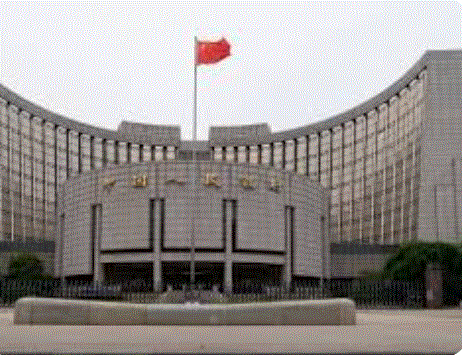During its April monetary policy meeting, the People’s Bank of China (PBoC) adhered to expectations by maintaining its key lending rates. Specifically, the one-year loan prime rate (LPR) and the 5-year mortgage rate remained unchanged at 3.45% and 3.95%, respectively. This decision came in the wake of robust economic growth data, with the Chinese economy expanding by 5.3% year-on-year in the first quarter of 2024, surpassing the +5.2% y/y recorded in Q4-2023 and +4.5% y/y in Q1-2023.
The PBoC’s choice to keep rates steady aligns with recent actions, including the rollover of maturing medium-term loans and the withdrawal of liquidity from the banking system through bond instruments. Despite these measures, it’s important to note that both benchmark rates are currently at historically low levels, highlighting the government’s commitment to supporting near-term economic recovery.
Looking ahead, several factors may constrain the Central Bank’s ability to ease monetary policy further. Firstly, the weakening of the yuan poses challenges, as it could exacerbate capital outflows and weigh on investor confidence. Secondly, the possibility of the US maintaining interest rates at their current levels for an extended period adds uncertainty to China’s monetary policy outlook.
Lastly, ongoing improvements in economic activities within China suggest that the need for aggressive monetary stimulus may diminish over time. This news underscores the delicate balance that the PBoC must navigate between supporting economic growth and managing financial risks. As China continues its recovery from the pandemic, policymakers will likely adopt a cautious approach to monetary policy, ensuring stability while monitoring external and domestic factors that could impact the country’s economic trajectory.

















